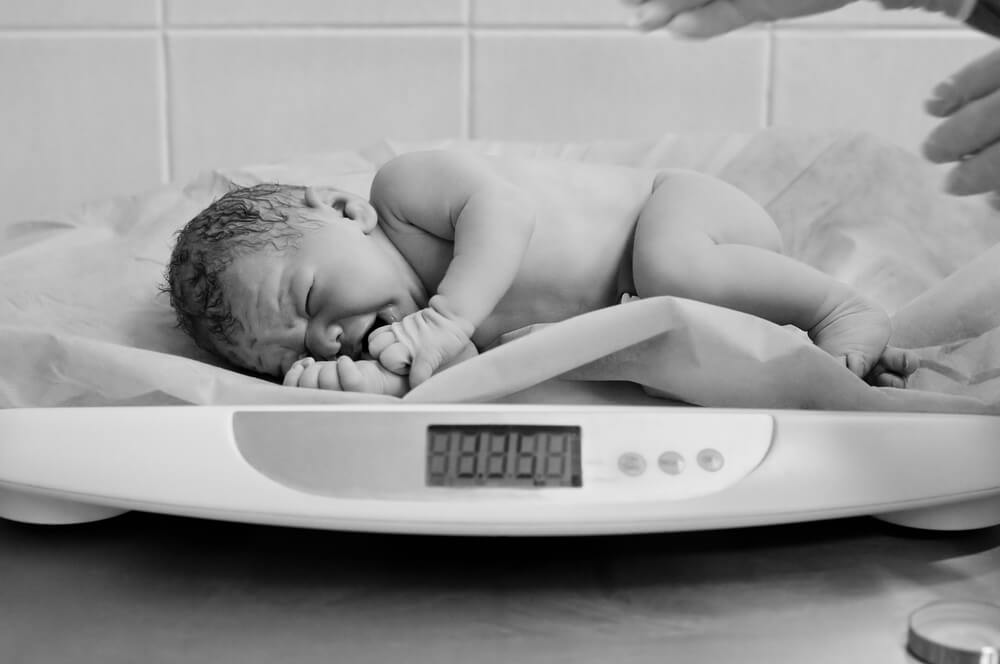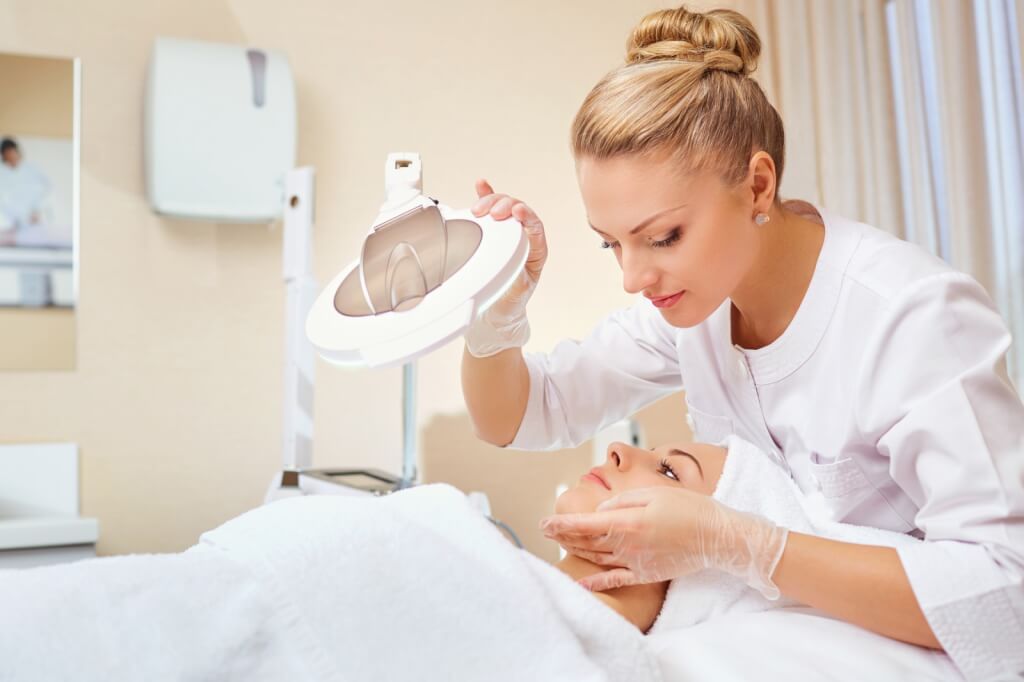Doctors called the cause of high maternal mortality in the postpartum period
'23.05.2017'
Source: NPR

Named the most common cause of high maternal mortality in the postpartum period. Doctors pay more attention to the newborn, and the mother is left without proper attention, and this becomes the main reason that mothers die from postpartum health problems, writes NPR.
Lauren Bloomstein from Hazle, New Jersey, worked as a nurse in the neonatal intensive care ward for many years. And when Lauren and her husband Larry learned that they would soon become parents, there was no limit to joy.
Mother Lauren Bloomstein died from a massive heart attack when Lauren was just 13 years old. And for most of her life, she grew up alone, periodically changing caregivers — the older brother or the neighbor, Frankie Hedges, who took her as a teenager to her home and raised her as her own daughter.
“All Lauren wanted was to be loved. And I think that many loved her, but not the way she wanted, ”says Hedges.
The first trimester was surprisingly calm, even nausea did not bother Loren much. Jackie Ennis, Lauren's best friend since high school, called up to her every day to learn about her state of health.
“She looked great, felt good and even worked as usual. Nothing particularly bothered her, ”says Ennis.
Some problems with blood pressure helped control the husband, who has a medical degree.
In her free time, Loren chose a stroller, car seat, stocked with diapers and diapers. She arranged the children's room, but left the walls unpainted, since she wanted to leave the sex of the child with a surprise. In addition, she believed that she had plenty of time to finish everything.
When gestation reached 39 weeks and 6 days, Larry and Lauren went to Momunta Medical Center in Long Brac. It was in this center that the couple met, and Loren worked there all these years. The obstetrician-gynecologist, who was about to take delivery of Lauren, studied with Larry Blumstein in Monmouth.
From the center, Loren called Ennis and said that everything was in order, only once she complained of a stabbing pain in the area of the kidneys and liver, but then everything stopped.
Almost in 24 hours, Haley Ann Bloomstein came to light. The girl weighed almost 2,5 kilograms.
Larry managed to shoot a 35-second video where Lauren holds her daughter on her chest, stroking her cheek.
After 20 hours, Lauren was gone.

Why do things like this happen?
One of the most important concerns is to protect the health of mothers and newborn babies. However, 65 people die every year in the United States, of which between 700 and 900 women die from reasons related to pregnancy and childbirth.
The death rate of American mothers in 3 is higher than, for example, Canadian maternal period. The Center for Disease Control calls this the period from the beginning of pregnancy to one year after delivery. In Scandinavian countries, this figure is 6 times less.
A recent analysis by the CDC Foundation indicates that almost 60% of such deaths can be prevented. While maternal mortality among African-American women, women with low income and in rural areas is much higher. Complications during pregnancy and after childbirth kill women of any race and ethnicity, education, and income level, in every part of the United States. The list includes teachers, insurance brokers, homeless women, journalists, a spokeswoman for Yellowstone National Park, the co-founder of the Channel YouTube WhatsUpMoms and over a dozen doctors and nurses, such as Lauren Bloomstein.
The main causes are cardiomyopathy and other heart diseases, bleeding, blood clots, preeclampsia.
The causes of high maternal mortality in the United States are diverse. Half of the pregnancies in the US are unplanned, so many women do not solve chronic health problems in advance. This is especially true of mothers older than 30 years.
However, the deterioration in maternal mortality in the United States contrasts sharply with impressive progress in saving the lives of babies.
“We are very concerned about the vulnerability of babies, and because of this, we pay less attention to mothers,” said Barbara Levy (Barbara Levy), Vice President for Health Policy and Promotion, American Congress of Obstetricians-Gynecologists (ACOG) and member of the Council on Patient Safety in Women's Health.
In 2009, the Joint Commission, which accredited 21 healthcare facilities in the United States, adopted a series of perinatal core measures - national standards that have been shown to reduce complications and improve patient outcomes. Meanwhile, the practice of saving lives, which has become widespread in other wealthy countries, as well as in several states, notably California, has not yet established itself in many American hospitals.
In the federal-funded network of maternal and pediatric health facilities that conduct obstetric research in the United States, only 4 from the 34 initiatives listed in its online database are mainly targeted at mothers, against 24, to improve outcomes for babies.
Under the federal state program “Title V”, supporting mother and child health, the states allocated about 6% subsidy grants in 2016 for programs for mothers compared to 78% for infants and children with special needs. The notion that children deserve more care than mothers is likewise enshrined in the program. Medicaid, which pays for about 45% of births. In many states, the program covers the needs of mothers up to 60 days after birth and their babies for a full year. A bill to replace the Affordable Aid Act, passed by the U.S. House of Representatives earlier this month, could withdraw Medicaid to a new level for mothers and babies.
Until recently, the practice of training in obstetric medicine was more focused on taking care of the fetus, in any, even in the field.
“Education in the United States was very diverse. To the extent that people finished their education in embryonic development and motherhood without ever going to the hospital, ”said Mary D'Alton, chairman at Columbia University Medical Center and author of articles on the differences in maternal and infant care.
Over the past 10 years, more than 20 hospitals and centers have been established to assist newborns with a high level of pathology, and only one center, NewYork-Presbyterian / Columbia has the same program for future mothers.
Maternal health advocates from ProPublica and NPR claim that babies are controlled more carefully than mothers after childbirth. At the slightest suspicion that the child may be in danger, he will be taken to the intensive care unit, staffed by highly qualified specialists and equipment, while mothers will remain under the supervision of nurses and doctors who do not provide the necessary attention.
At discharge, the young mother is given information on how to feed correctly, what to do if the child is sick, and almost never talk about what a woman should pay attention to in order to know when she will need medical help herself.
“It was only when I had my own child that I realized how little information we get. We have been taught that way, focusing primarily on infant health issues rather than postpartum maternal health, ”said Elizabeth Howell, professor of obstetrics and gynecology at Icahn School of Medicine at Mount Sinai Hospital in New York.
Take, for example, preeclampsia, a type of high blood pressure that occurs only during pregnancy or in the postpartum period, and can lead to seizures and strokes. Worldwide, he kills about 5 women per hour. But in developed countries, this problem is well treatable.
By standardizing its approach, Britain has reduced the number of deaths from preeclampsia to one in a million - just 2 deaths from 2012 to 2014. In the United States, preeclampsia still accounts for about 8% of maternal deaths - 50 to 70 women per year. Including Lauren Bloomstein.







